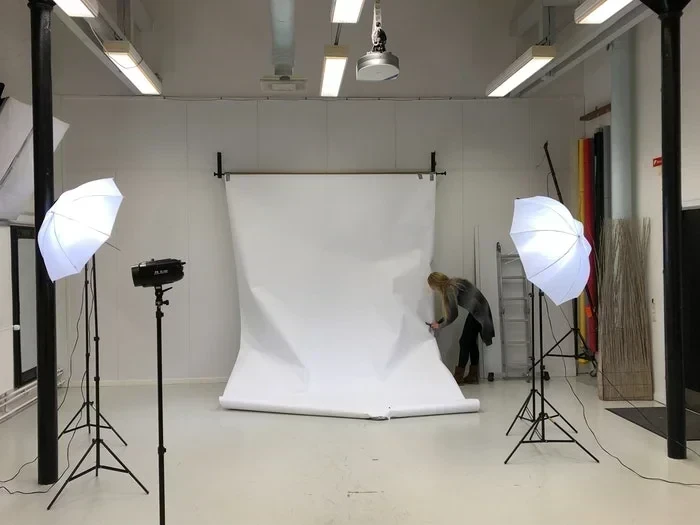A well-designed photography studio is not just a space with cameras and lights. It’s a creative environment where ideas come to life. Your studio is a reflection of your professionalism and artistic approach, directly impacting the quality of your work and the experience of your clients. Whether you’re setting up a new studio or revamping an existing one, here are the essential elements to consider in creating a well-designed photography studio.
1. Choosing the Right Space
The first step in setting up a photography studio is choosing the right space. This involves considering factors such as location, size, and layout. Ensure the studio is easy to locate for clients and provides enough space for different types of photoshoots. A clean, open floor plan is often beneficial as it provides flexibility.
2. Lighting Equipment
Lighting is a critical element in photography. A well-equipped studio should have a mix of natural and artificial light sources. Large windows can provide beautiful natural light. However, you’ll also need a variety of artificial lights like strobes, softboxes, and reflectors to manipulate the light according to your needs.
3. Backdrops and Props
Having a variety of backdrops and props at your disposal can drastically increase the types of shoots you can accommodate. Invest in backdrops of different colors, textures, and sizes. Similarly, having a selection of props can add a unique touch to your photos and cater to clients’ diverse needs.
4. Efficient Storage Solutions
Good storage is often overlooked in studio design, leading to clutter and inefficiency. Invest in storage solutions that help keep your gear, props, and other equipment organized. This not only ensures easy access but also contributes to a neat and professional environment.
5. Comfortable Client Area
Creating a comfortable area for clients can enhance their experience in your studio. This area can include seating, a changing room, and a refreshment station. A satisfied, comfortable client is more likely to return and refer others to your studio.
6. Workspace for Post-Production
Post-production is an integral part of photography. A designated workspace equipped with a reliable computer, editing software, and a calibrated monitor can make this process more efficient.
7. Sound System
A sound system can help create a positive atmosphere in your studio. Music can soothe nervous clients and make the photoshoot more enjoyable.
8. Safety Measures
Last but not least, your studio should be a safe environment. Keep cables tidy to prevent tripping, secure heavy equipment properly, and ensure your studio has appropriate fire safety measures in place.
A well-designed photography studio is a synergy of function, aesthetics, and comfort. By focusing on these essential elements, you can create a professional environment that fuels your creativity, satisfies your clients, and ultimately contributes to the success of your photography business.


0 Comment